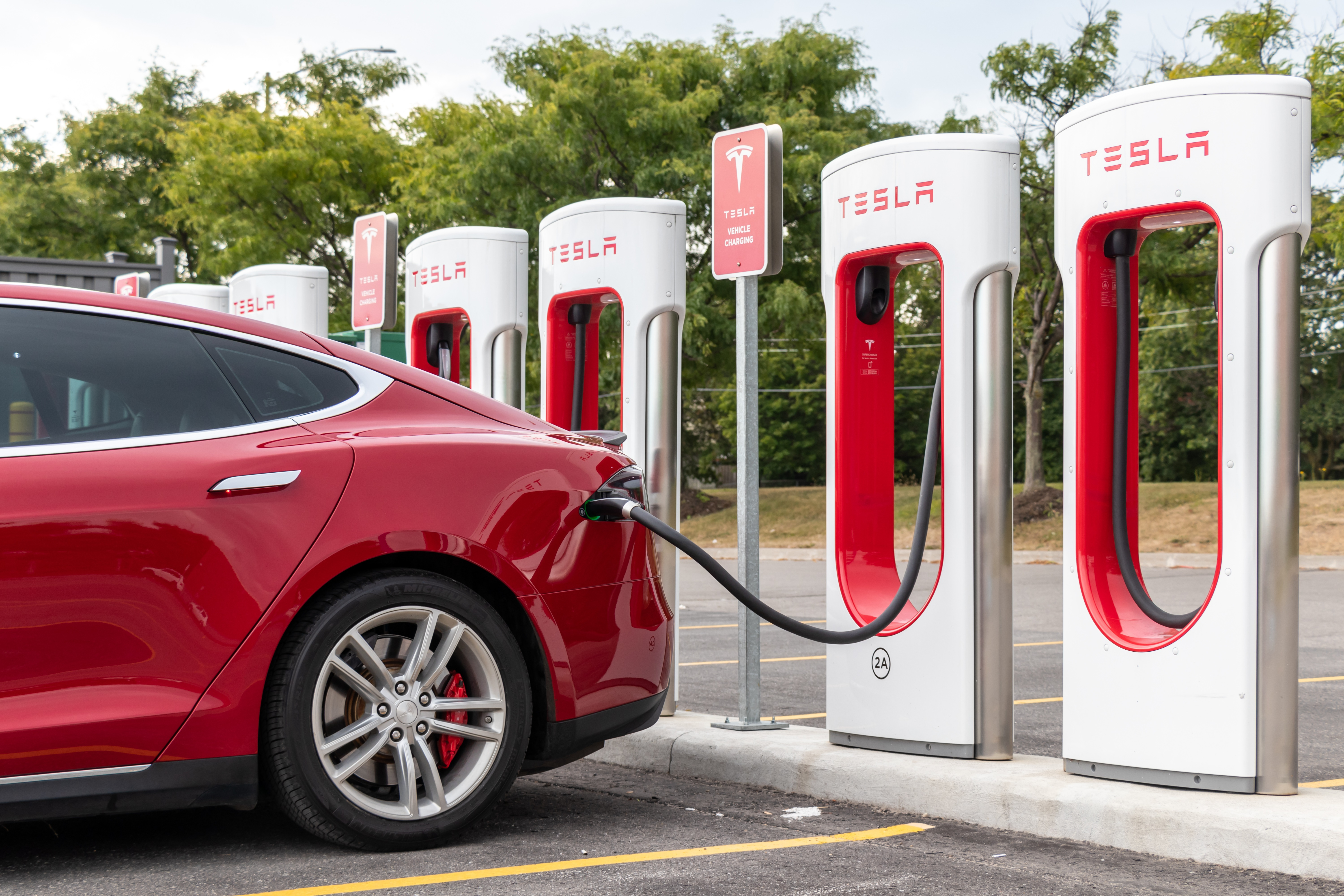EV charging could be so much better — here's how
EV charging stations need to be more than just a place to plug in

Electric car charging infrastructure has come a long way in the past decade, but it still has a long way to go if recharging is going to replace the ever-present gas station. Especially given some recent opposition to free EV charging, which only proves to make poor infrastructure even worse..
Lack of charger availability is especially a problem in rural areas, which are currently poorly served when recharging is concerned.
In the U.K., a new plan has been announced to bolster EV charging in areas where the power grid’s supply wouldn’t normally be sufficient for rapid charging. It involves adding energy storage systems (ESSs) at motorway service stations to improve rapid charging capabilities.
While not particularly original, this is a very good idea. Because as important as physically installing electric car chargers is, there are plenty more things that can be done to improve infrastructure and the charging process.
The U.K.’s new plan is being put in motion by National Highways and will see £11 million ($14.6 million) spent on energy storage at "the furthest reaches of the strategic road network." An ESS is basically just a very big battery, one that can slowly recharge when demand is low and support the local power grid when demand is high.
The idea is that 20 such systems will be installed over the next two years, acting as a temporary way to help balance supply and demand until such time that these spots can "obtain increased power directly from the grid." But why stop there?
More energy storage would reduce EV reliance on the grid
One of the big issues recently raised by the U.K. government was the effect EV charging could have on the national grid. A proposed solution was to force home EV chargers to connect to the internet, and ensure they automatically switch off during peak hours. This would reduce stress on the electrical grid.
Get instant access to breaking news, the hottest reviews, great deals and helpful tips.
Blackouts are never a good thing, and it’s fair to wonder how the increasing number of EVs on the road might affect power usage. Especially since the U.K. government has banned the sale of new gas-powered cars from 2030. But there are other solutions we can employ, including the one National Highways just announced for remote service stations.
The thing about using energy storage systems in conjunction with electric car charging is that it’s an idea that’s already in practice. Last year Gridserve opened up a dedicated EV charging forecourt in Braintree, Essex, powered by solar energy and a very large battery the company claims can store enough energy to offer 24,000 miles of driving range.
Likewise, German automaker Audi announced plans for its own range of EV charging hubs, all of which will be powered by 2.45 MWh of battery power to avoid putting strain on the electrical grid. Those batteries will dish out the majority of the power during the day, and will recharge overnight when demand is low. Solar panels can also top up the reserves during the day.
On top of that, we are seeing more people add batteries to their own homes, whether it’s to store their own solar-generated energy or just to have a backup in the event of a power outage. In some cases, the power stored on those batteries can be accessed by the power grid, and used to satiate demand during power spikes. Obviously in those cases the owner gets some compensation and is effectively 'selling' their energy.
Solar, batteries, and EVs are a perfect mix
If the world really wants to be serious about transitioning to electric cars, we need to take full advantage of the technology we have to make it easier and more convenient to recharge.
A big part of that will be installing more chargers, because it's not always easy to find a nearby electric car charging station. Here in the U.K., it's recently been announced that all new buildings will have to come with EV charging points — which is a great idea, provided it's done correctly.
On top of that, we're going to need faster recharge speeds and improved battery technology to ensure cars can travel further without having to stop and recharge. Those are all big jobs, but it seems like the automotive industry and universities are working hard on that. For example, Purdue University engineers have invented a new charge cable that can recharge certain electric cars in under five minutes.
The biggest barrier to energy storage is the cost of it all. Batteries are expensive, due to the cost of the rare materials needed to make them work. But that doesn’t mean we shouldn’t push to have more energy storage solutions connected to EV charging. Even a small battery can ease some of the burden on the power grid during peak times.
On top of that, adding more solar generation capacity to charging spots is a no-brainer. Not only would that power help recharge whatever energy storage solution is in place, solar panels would also provide energy to both the grid and any cars that are plugged in at the time. Energy that also happens to be clean and from a sustainable source.
Not to mention the fact that the panels themselves would need to be raised above the ground, and could provide cover and shade for the people and cars underneath. Imagine that in your local supermarket parking lot. Extra cover, an additional source of clean energy and ideally some extra EV chargers to go along with it.
Bottom line
It’s not the most radical idea, but it could do a lot of good. Especially as the number of EVs on the road isn’t likely to decrease. The number of EV chargers is set to increase over the next several years to compensate for growing demand, especially in the U.S. where $7.5 billion has been allocated to install around 375,000 EV chargers before 2030.
EV chargers are going to have to replace gas stations eventually, and we might as well get started making sure that charging locations are built better from day one, rather than installing some glorified plug sockets and then worrying about potential impacts further down the line.

Tom is the Tom's Guide's UK Phones Editor, tackling the latest smartphone news and vocally expressing his opinions about upcoming features or changes. It's long way from his days as editor of Gizmodo UK, when pretty much everything was on the table. He’s usually found trying to squeeze another giant Lego set onto the shelf, draining very large cups of coffee, or complaining about how terrible his Smart TV is.
